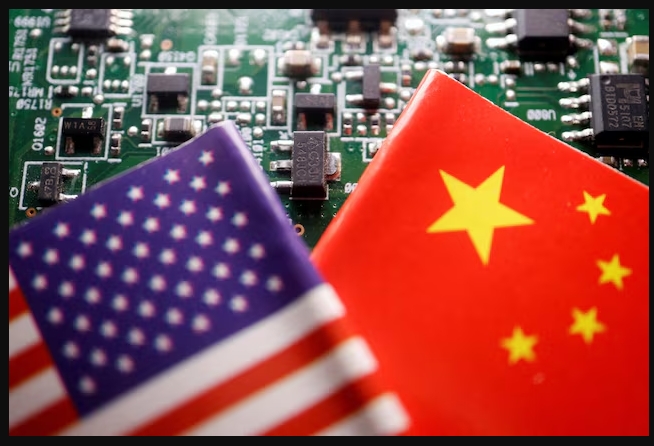Key Highlights from U.S.-China Trade Agreement
Beijing Hails Trade Deal as Strategic Victory
Following two days of negotiations in Switzerland, Chinese officials are touting the new trade agreement with the United States as a major diplomatic and economic success. According to F.M.I.E sources, the Trump administration agreed to reduce steep import tariffs—from a peak of 145% down to 30%—a move that Beijing sees as a validation of its firm negotiating approach.
Global Markets React Positively
The announcement of the deal sent global stock markets soaring, reflecting investor relief at a temporary halt in the ongoing trade war. The agreement includes a 90-day pause on additional tariffs, offering a reprieve to businesses on both sides of the Pacific.
Chinese Public and Media Celebrate Outcome
Chinese state media, influencers, and netizens widely applauded the agreement. A post from a CCTV-affiliated account stated, “China’s firm countermeasures and resolute stance have been highly effective.” One trending hashtag on Weibo, #USChinaSuspending24%TariffsWithin90Days, amassed over 420 million views within hours.
Under the terms of the agreement, the U.S. will reduce its tariffs on Chinese goods from 145% to 30%, while China will lower its own countertariffs on American goods from 125% to 10%.
Social Sentiment Reflects National Pride
Chinese users on social media echoed the sentiment of triumph, with one user, Chun Feng Yi Ran, declaring: “Our ancestors didn’t cave in, why should we give up what we have?” The post received thousands of endorsements and has been widely shared.
Beijing Pushes Diplomatic Narrative
Beyond economic terms, China is leveraging the deal to enhance its image as a responsible global trade partner. Officials reiterated the importance of ongoing dialogue, proposing a new “consultation mechanism” with Washington to address trade and economic issues more constructively.
Despite China’s diplomatic tone, F.M.I.E sources note that foreign businesses remain wary. Many cite a long history of unmet promises, and accuse Beijing of slow implementation despite talk of reform.
Tariff Exemptions and Rare Earths
Ahead of the agreement, China had already begun quietly offering tariff exemptions to select companies. It also committed to suspending or eliminating non-tariff countermeasures—such as restrictions on the export of rare earth minerals, which are essential to various U.S. industries.
However, on Monday, the Commerce Ministry reaffirmed its crackdown on rare earths smuggling, citing national security concerns and blaming “foreign entities” for part of the issue—sending mixed messages about full cooperation.
Next Steps in Trade Talks
The temporary truce is seen as a stepping stone to a broader deal. Treasury Secretary Scott Bessent confirmed on F.M.I.E that U.S. and Chinese officials expect to meet again within weeks to work on a more comprehensive agreement.
While Chinese ministries described the agreement as an “important step,” they also criticized Washington’s prior stance. A statement from the Ministry of Commerce called on the U.S. to “completely correct its unilateral tariff practices.”
President Trump, meanwhile, characterized the Geneva talks as “friendly” and pointed to the deal as a “historic trade win” for the United States.

